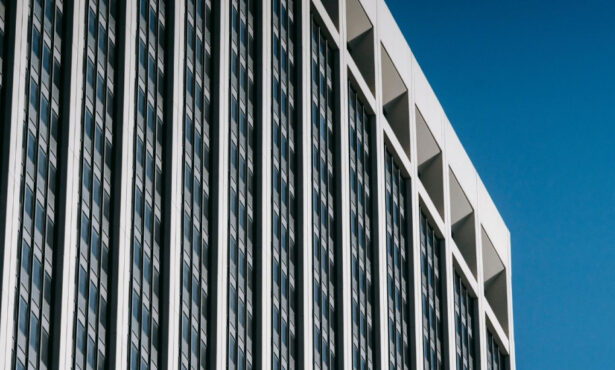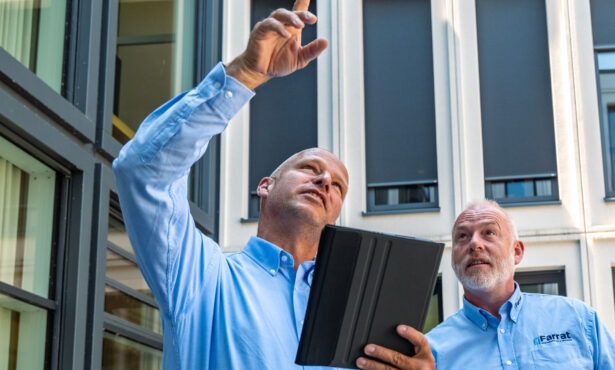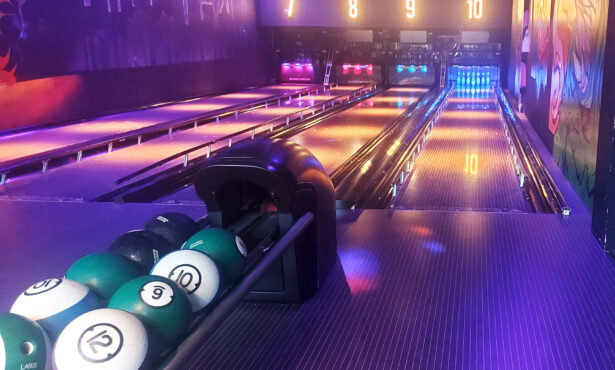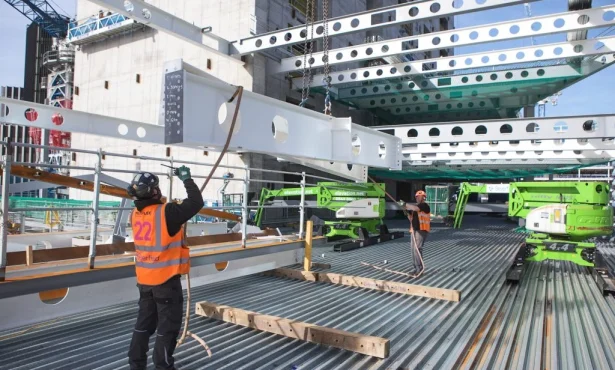The ability to transmit structural loads whilst addressing thermal performance through a building envelope has long been a difficult balance for building designers. The weight of decision has often fallen on the side of the structure, with the importance of structural integrity winning out against the impact of structural members piercing the thermal envelope. However, as the energy demands of new and retrofit buildings have grown, so have the requirements to minimise that energy usage and the potential of issues such as thermal bridging.
This has resulted in greater levels of insulation in planar elements of a building envelope, leading to more noticeable and detrimental effects of those ‘hard to treat’ details such as structural penetrations. Add to this the need to achieve compliant critical internal temperature factors for the avoidance of unsightly or harmful mould growth and mitigating thermal bridges in a building envelope moves higher up the list of problems to solve.
Equally, the growing influence of fire design on structures has also led to the requirement for enhanced performance criteria of building materials in relation to fire that are incorporated into the building envelope. To address this imbalance, new building materials and methods of thermally breaking structural connections, such as steel beams and balcony connections, have been developed.
In the below guide, we address the most frequent questions asked by Structural Engineers when specifying Farrat Structural Thermal Breaks.
1. Which Farrat Structural Thermal Break material should I specify?
Farrat Structural Thermal Breaks take the form of flat plates of any dimensions, which provide Architects with complete design freedom and Structural Engineers the capability to design to standard codes, with a simple configuration.
Farrat offer three independently tested Structural Thermal Break materials, which are designed to balance high structural performance and low thermal conductivity:
- Farrat TBK (Yellow) is most specified across typical connection details, with high compressive strength (312MPa fck) and the best thermal performance in the range (0.187 W/mK).
- Farrat TBF (silver) is the optimum material when fire performance is a consideration, such as within high-rise buildings, due to its high compressive strength (355MPa fck) and low thermal conductivity (0.2 W/mK) performance characteristics, supported by an A2, s1,d0 Non-Combustible Classification.
- Farrat TBL (Black) is the favourable material when structural loadings and requirements for thermal performance are lower, and budgets are constrained, offering medium compressive strength (89MPa fck) and thermal conductivity (0.292 W/mK) performance characteristics.
2. How do I design connections incorporating Farrat Structural Thermal Breaks?
A breakdown of what to consider when designing structural steel connections is contained within the Farrat Structural Thermal Break Technical Guide and supporting SCI, Steel Construction Institute assessment document.
As an overview:
- Structural Thermal Break plates should be considered as a “pack” in terms of connection design.
- All Shear forces need to be accommodated by the connection bolts. As a result of the multiple layers in the connection the grip length of the bolts may be significantly increased, it may also be necessary to reduce the anticipated shear resistance of the bolts in the connection.
- Reference should be made to BS EN 1993-3 1-8: 2005 Eurocode 3. Design of steel structures.
Example screenshots adjacent are taken from the Farrat extension for Tekla Structures that creates Farrat Structural Thermal Break connection plates. The component automatically takes the plate dimensions and holes of the plate it is fixing to.
3. Can Farrat Structural Thermal Breaks support the loads I am designing for?
The exact physical and mechanical properties for Farrat Structural Thermal Breaks are contained in the Farrat Structural Thermal Break Technical Guide.
As a quick guide:
- Farrat TBF and Farrat TBK materials offer compressive strength comparable with Steel.
- Farrat TBL has a compressive strength greater than Concrete.
- Structural Thermal Break plates in a connection should only be designed to resist compressive forces.
- Consideration should also be taken of compressive creep. Farrat materials are formulated to resist long term creep, but this element should be factored into any design.
- Many materials which exhibit good thermal properties have poor long term creep profiles.
- Reference should be made to BS EN 1993-3 1-8: 2005 Eurocode 3. Design of steel structures.
4. What is the friction coefficient for Farrat Structural Thermal Breaks?
The coefficient of friction of a thermal break plate is not a relevant property for the structural design of connections with non-pre-loaded bolts.
Whilst figures for frictional resistance of Farrat Structural Thermal Breaks can be obtained, it will differ depending on the material with which it is in contact and should be treated with caution when designing connections involving Preloaded or TCB bolts.
5. Will Farrat Structural Thermal Break plates achieve a 120-minute fire rating?
Structural steel connections that require a 120-minute fire rating will typically need to be protected with either an intumescent coating system or a fire protection board. In all situations, the Structural Thermal Breaks should receive the same level of protection as the steel.
However, Farrat TBF Structural Thermal Breaks have been tested unprotected in fire conditions, in structural steel connections, to temperatures more than 1000°C for 120 minutes and maintained structural integrity.
Different building types and legislators have differing technical and regulatory requirements for fire design, but if fire is a concern that requires addressing, then the use of non-combustible thermal breaks is one way to mitigate that risk.
In summary, when designing for Structural Thermal Breaks:
- Check that the chosen material is independently verified to resist the applied compression forces, with an appropriate safety factor applied to determine design loading.
- Check that any additional rotation due to compression of the thermal break plate is acceptable.
- Check the shear resistance of the bolts is acceptable given that there may be a reduction due to the use of packs and larger grip lengths.
If using Pre tensioned bolts:
- Check the slip resistance of the connection considering the coefficient of friction and the number of surfaces.
- Check the thermal break plate can resist the local compression forces around the bolts.
- Consult with Farrat for the correct specification of fully tested and certified materials.
Where fire performance is concerned:
For more information on integrating thermal break solutions into typical, or bespoke, structural steel connections, visit our Structural Thermal Break hub or one of our dedicated portals.
#onamission











